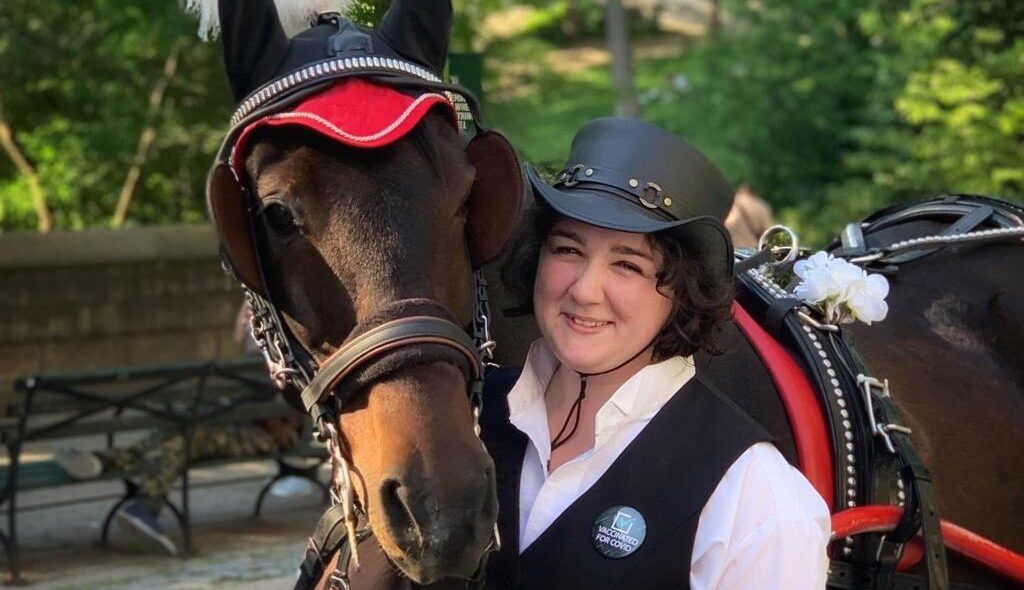Support

The Central Park carriage horses are beloved, iconic, treasured and protected – but many in horses in America are not so fortunate.
The carriage-horse drivers and owners are “horse people.” They choose to work with animals because they care about, and enjoy, animals.
In addition, the New York City Council has adopted the most expansive package of carriage-horse regulations and requirements in the nation. The animal-welfare standards – many of which were suggested by carriage drivers – require each horse receive at least two physicals by equine veterinarians a year; vaccinations to protect against illness and disease; dry and comfortable housing with enough room to turn around and lie down; regular dental care; new shoes and hoof trimming every four to six weeks; and at least five weeks “vacation” on farms annually. (for a complete list of standards, click here:)
Five city agencies provide oversight and enforcement, including the New York City Police Department, which maintains its own Mounted Police Unit in the city. Veterinarians investigate any health concerns or incidents.
Owning and maintaining a horse is much more expensive and time consuming than having a house-bound (or apartment-bound) pet like a cat or dog. These are 1,700-pound animals that are domesticated and rely on humans for their very existence.
UNWANTED HOMELESS HORSES
Sadly, many thousands of horses in the United States are neglected, abused, abandoned, or unwanted. They don’t have anyone with the will or finances to provide adequate food, shelter, and medical care.
Over the last decade, the annual number of horses shipped to slaughterhouses, where horses are killed for their meat, ranged from approximately 35,000 to more than 100,000. While eating horse meat is taboo in the United States, it’s common place other countries in Europe, Asia, Central America, and South America.
AWESOME provides financial assistance to organizations dedicated to providing or finding good homes for horses in jeopardy of being sold at slaughter auctions, horses who are currently receiving adequate care, and working horses transitioning to retirement or semi-retirement. We research and vet these operations before providing support.
CARRIAGE HORSES: SUSTAINABLE CARE
The Central Park carriage horses are working animals, just like horses in the NYPD’s Mounted Police Unit and the dogs law enforcement relies on to find missing people, track down criminal suspects, or sniff-out drugs and explosives.
Animals don’t have the mental capacity for concepts like work and employment, but working animals do have roles and purposeful lives, and their handlers suspect they know it and sometimes exhibit pride.
For a carriage horse, propelling a carriage with large wheels is not difficult. These are enormous and strong animals. This is suitable physical activity that generates revenue. That revenue is used in part to pay the cost of providing what so many unwanted or less-fortunate horses in the United States lack – plenty of food, comfortable housing, professional grooming, and excellent medical care.
Carriage horses have been in Central Park since it first opened to the public in 1858. The tradition continues today more than 160 years later as a green, non-polluting tourist attraction and recreational activity enjoyed by people from around the world.